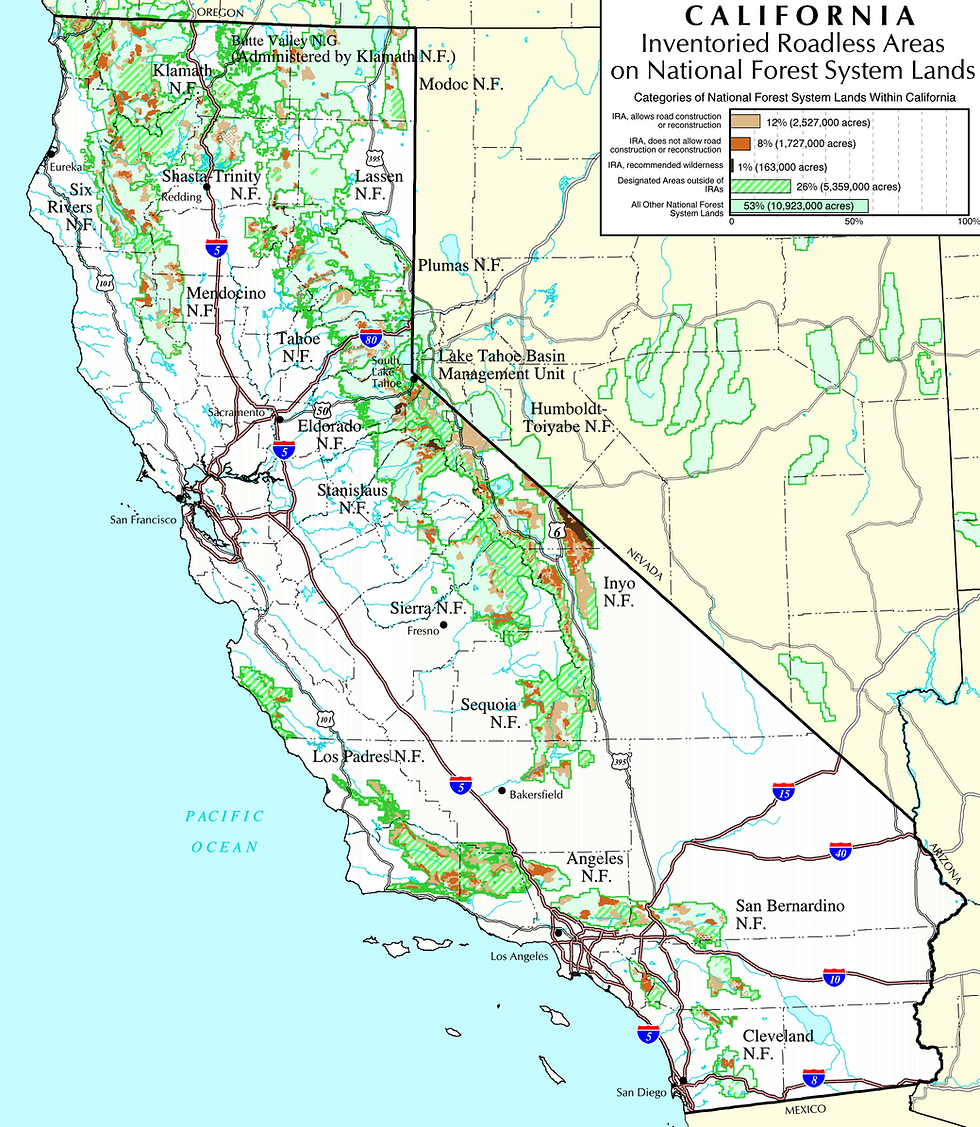ACTION ALERT: Final Push for the Protection of Pacific Fishers
- EPIC Staff
- Jul 30, 2015
- 2 min read
Updated: Aug 25, 2023

Take Action: The Pacific fisher needs your help. The fisher is a candidate for protection under the California Endangered Species Act. The Department of Fish and Wildlife has recommended, however, that the fisher not receive protection in the vast majority of its range. The Fish and Game Commission has the last word though and they need to hear your voice. Please tell the Fish and Game Commission that you support protecting all fishers, not just some.
Protecting the fisher is important. California is home to the majority of the remaining fisher populations on the West Coast, but historic impacts, such as logging and trapping, together with new threats such as rodenticide associated with marijuana production, are threatening the fisher with extinction. California needs to act fast to ensure that fisher populations stabilize and eventually recolonize their historic home range.
The Pacific fisher is experiencing a downward trend in population size across California for numerous reasons. Over the past 200 years, logging and trapping pressures dramatically reduced the California Fisher population. Today, fishers are still recovering from past decimation while they face a handful of new challenges such as forest fragmentation, increased predation, and toxicant exposure.
Pacific fishers are sensitive to forest fragmentation. Fishers prefer to make their dens in old-growth trees due to their structural complexity and dense canopy structures that provide necessary protection to help fishers evade their natural predators, like the bobcat and coyotes. Flat open spaces, such as those resulting from clearcut logging, makes it very difficult for fishers to migrate because of a lack of natural coverage from predation. Furthermore, fragmentation creates new openings and passages for predators like coyotes and bobcats to migrate into previously secure fisher habitat. Natural understory, such as downed logs and snags are important for coverage and also provide habitat for prey, small mammals like rodents, birds, rabbits and the nearly extirpated porcupine. While logging green trees has diminished on our national forests in the past two decades, new fragmentation threats are emerging, such as post-fire “salvage” logging.
A “green rush” is underway in California’s forests: Northern California and the Sierras are inundated by marijuana grows. In order to prevent pests from infiltrating their crop, growers will spread anticoagulant rodenticides around their property. Fishers, especially the foraging male, will sometimes ingest these poisons or will be exposed by preying on animals which had ingested the poison. Females that nest in riparian zones are especially prone to contact with the rodenticide because of their close proximity to marijuana farm’s irrigation lines. Exposure to this rodenticide is wreaking havoc on local fisher populations, either directly killing the fisher or by reducing its survival fitness, making them more susceptible to predators and more difficult for them to catch their prey.





Comments